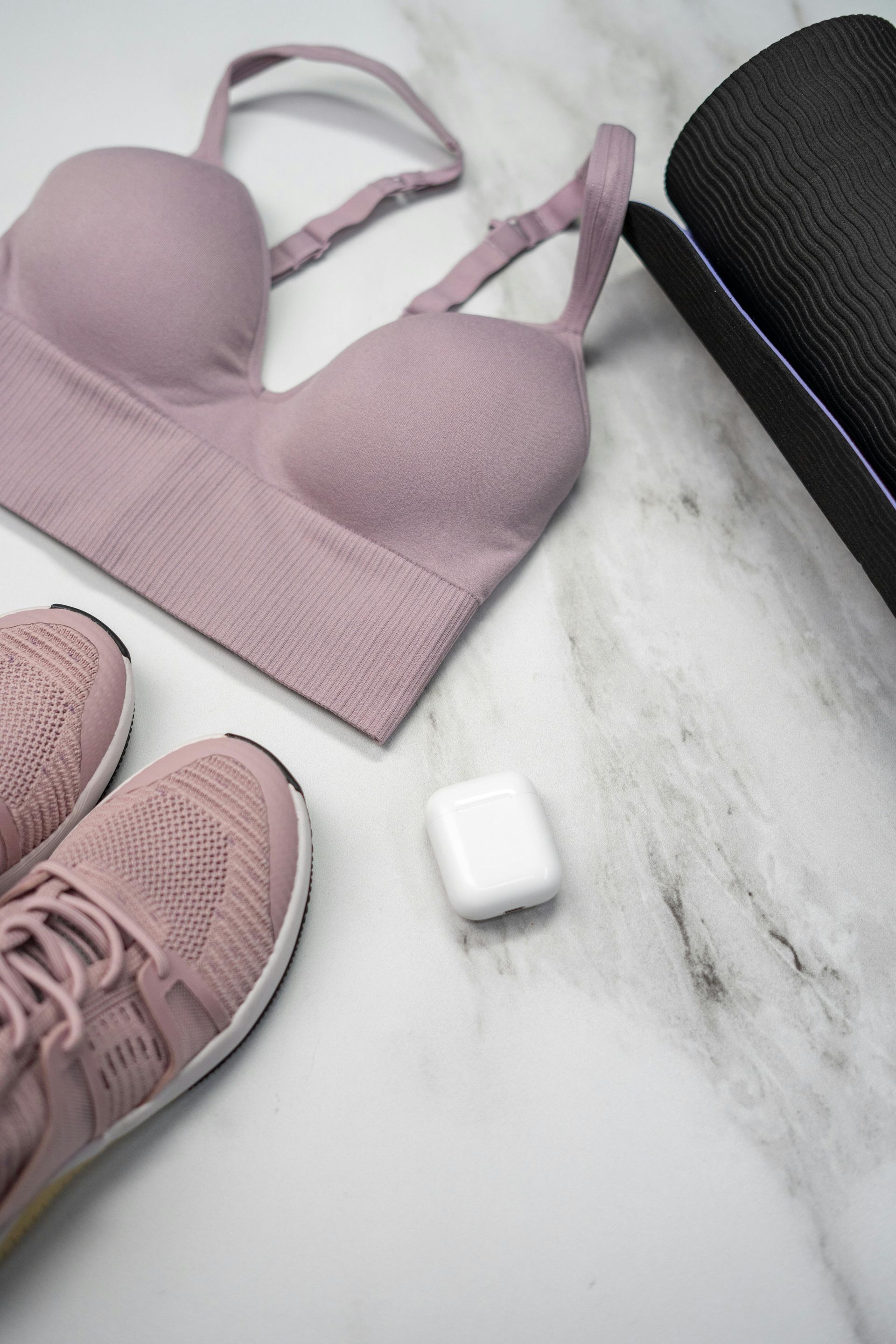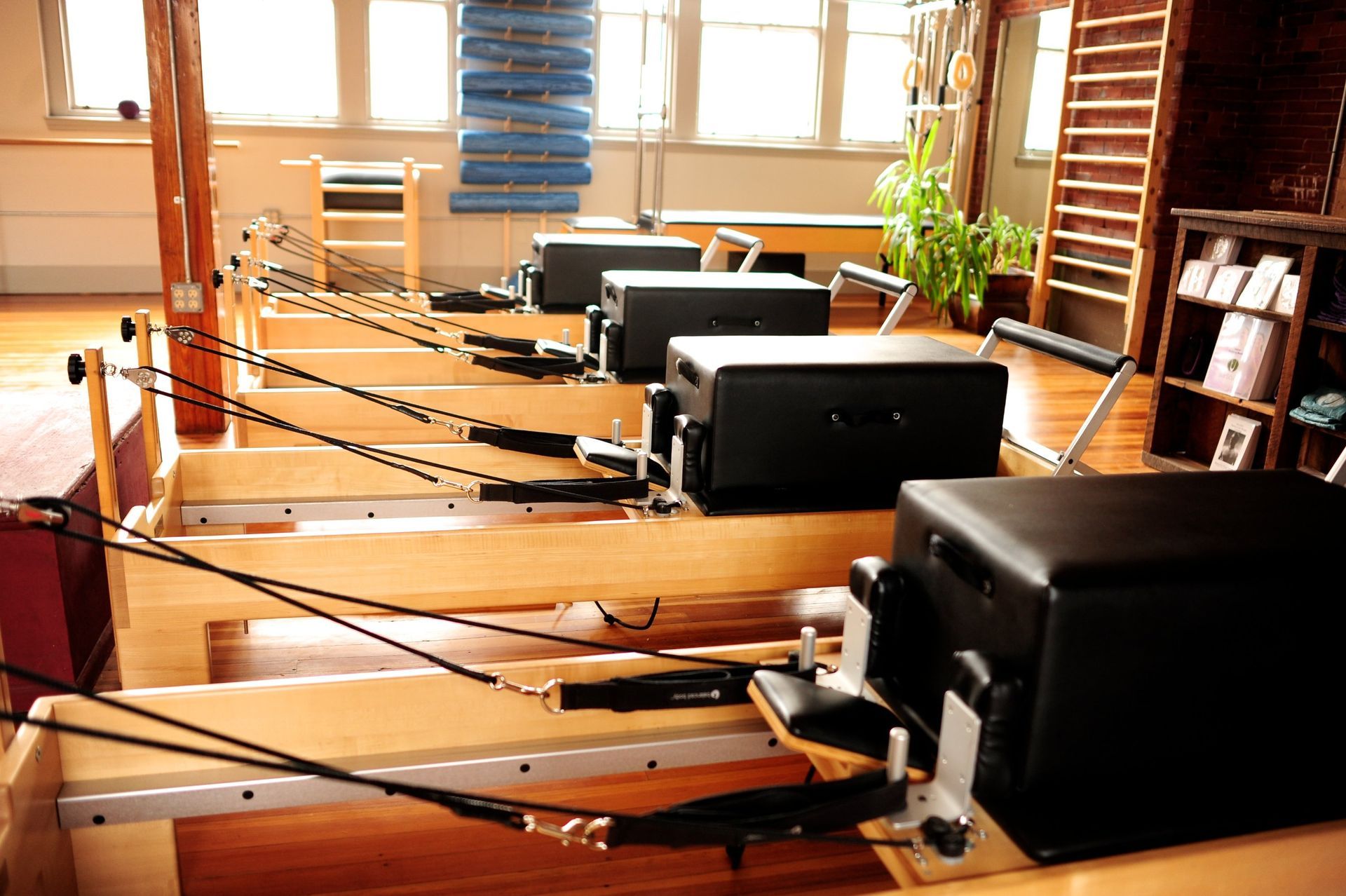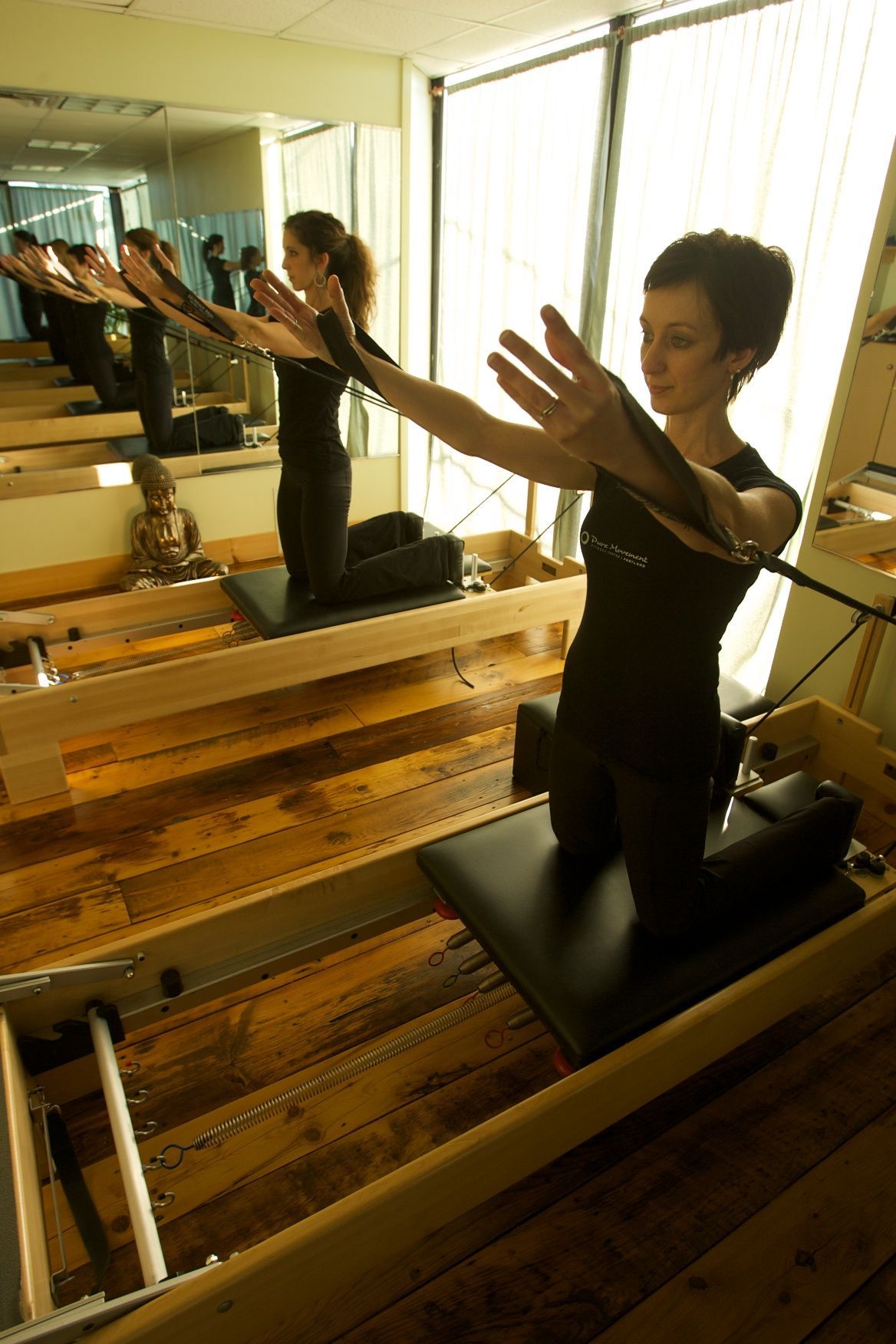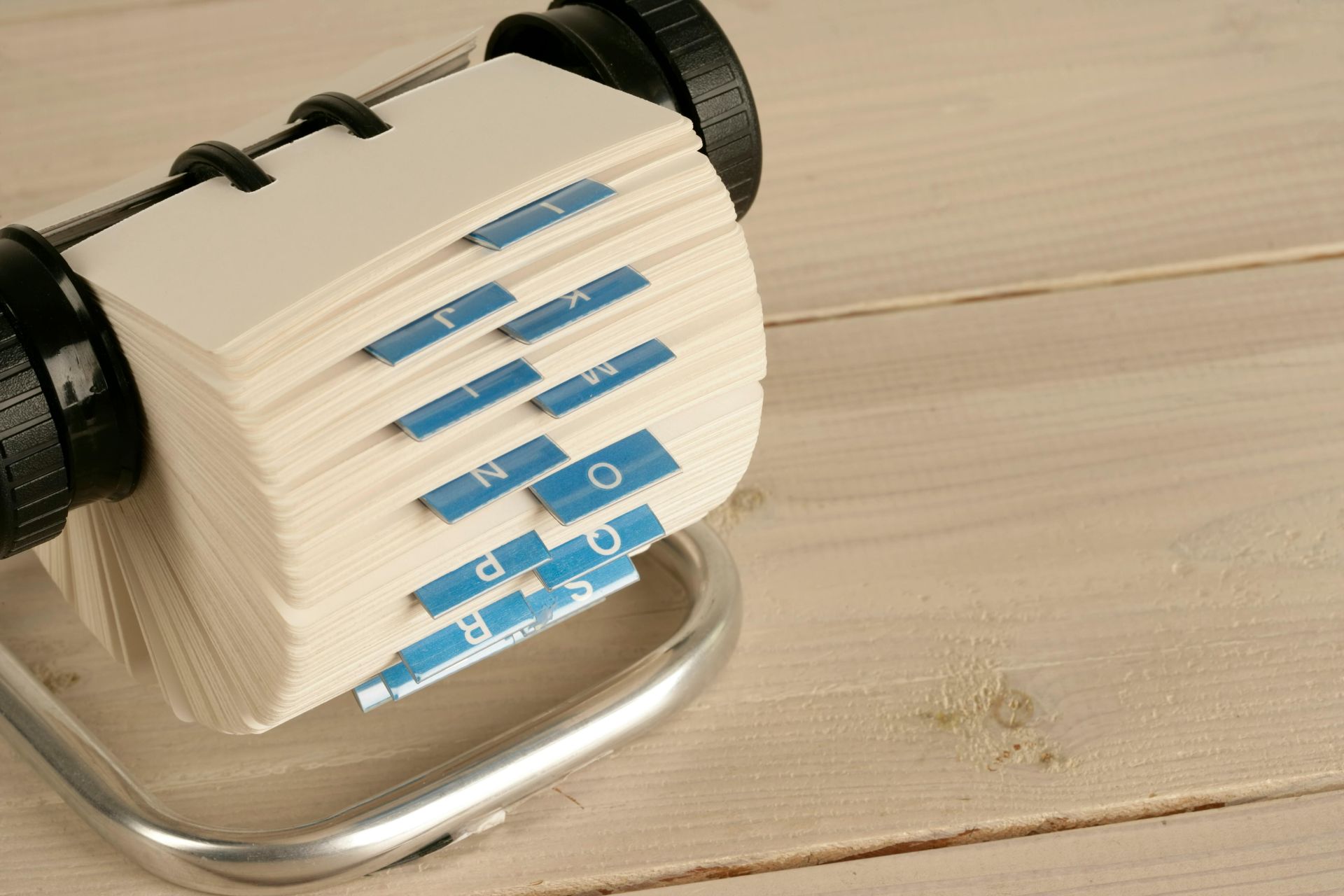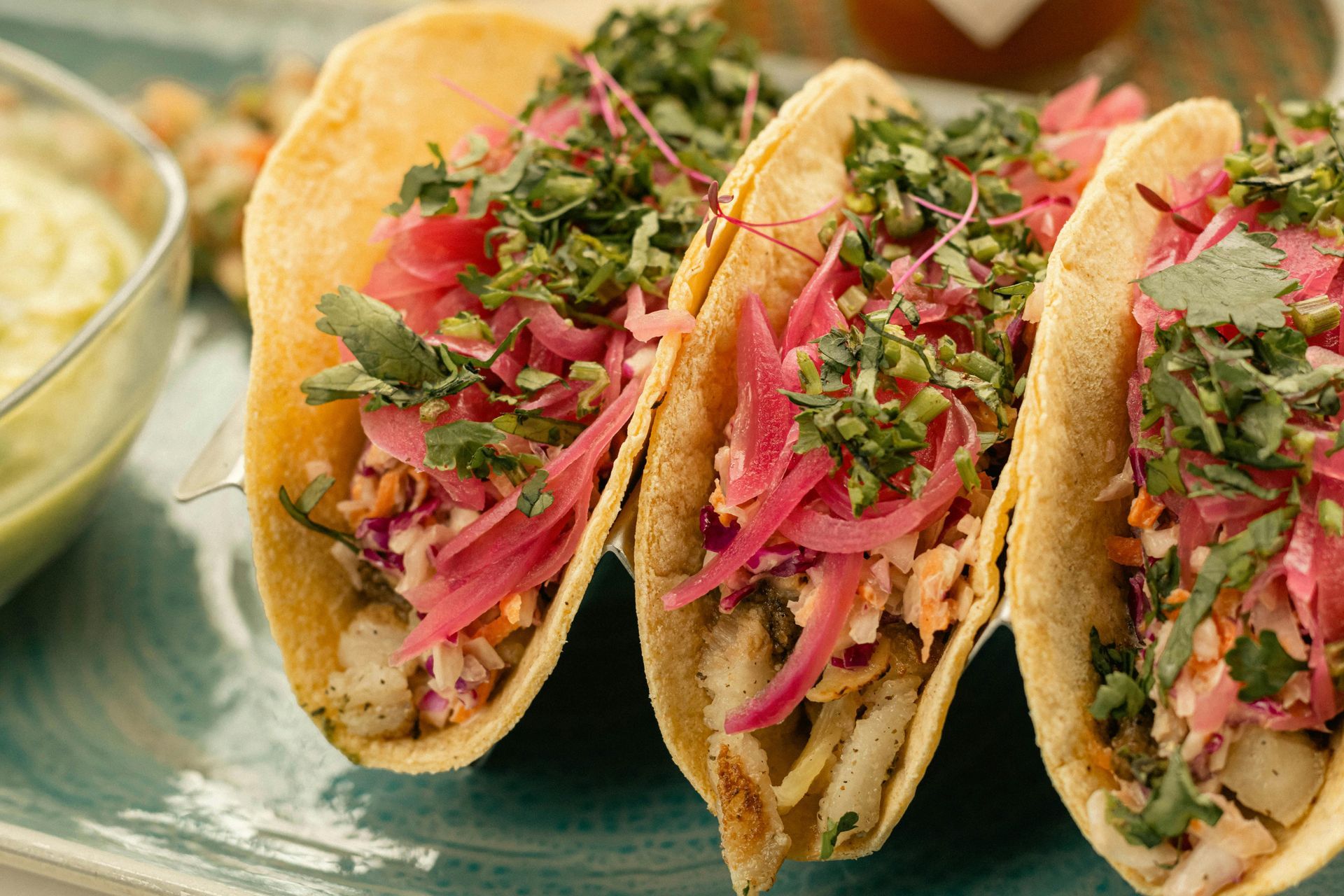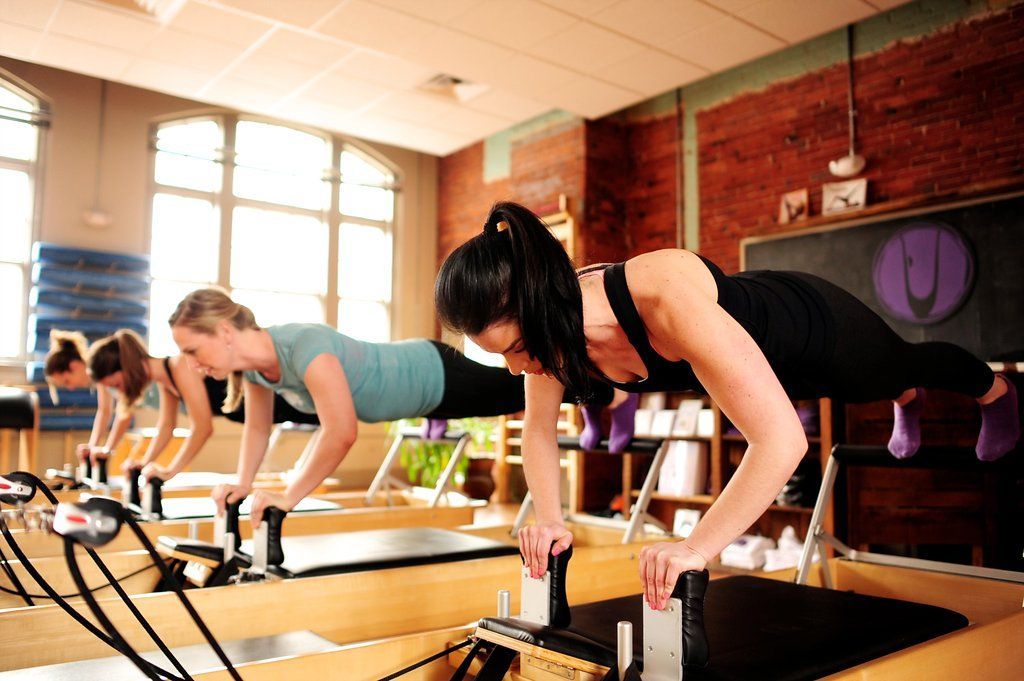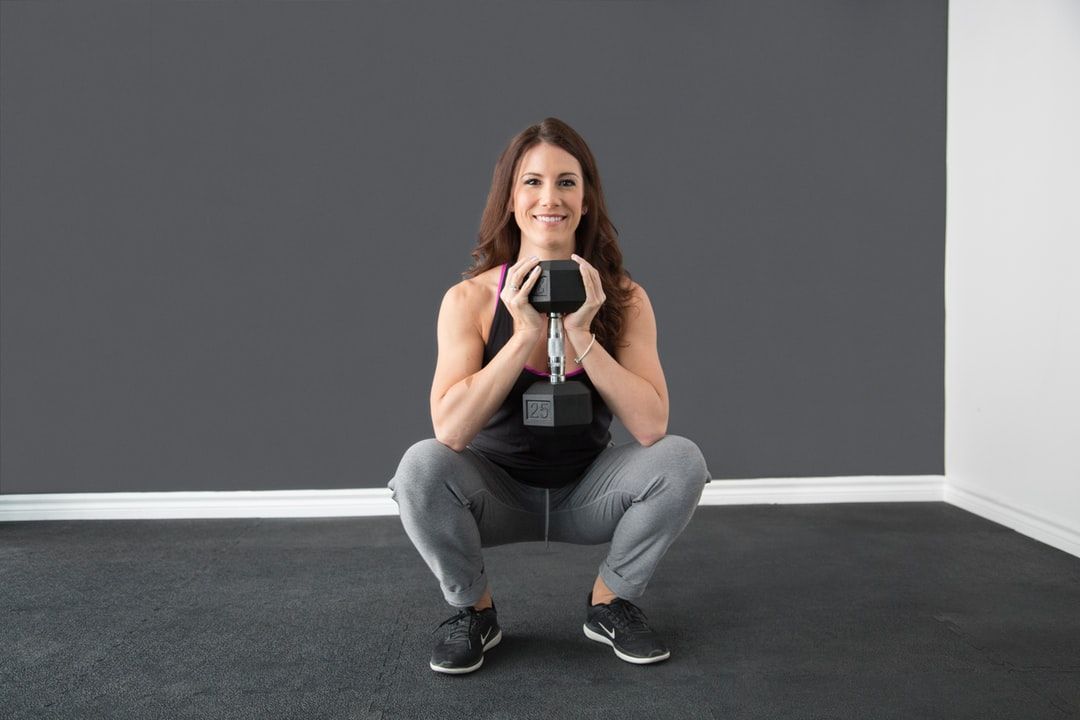Why Is Barre Still So Hard? (Even After 565 Classes!)”
Unlocking the Mystery of Chair, Waterskier & the Power of Daily Movement Patterns
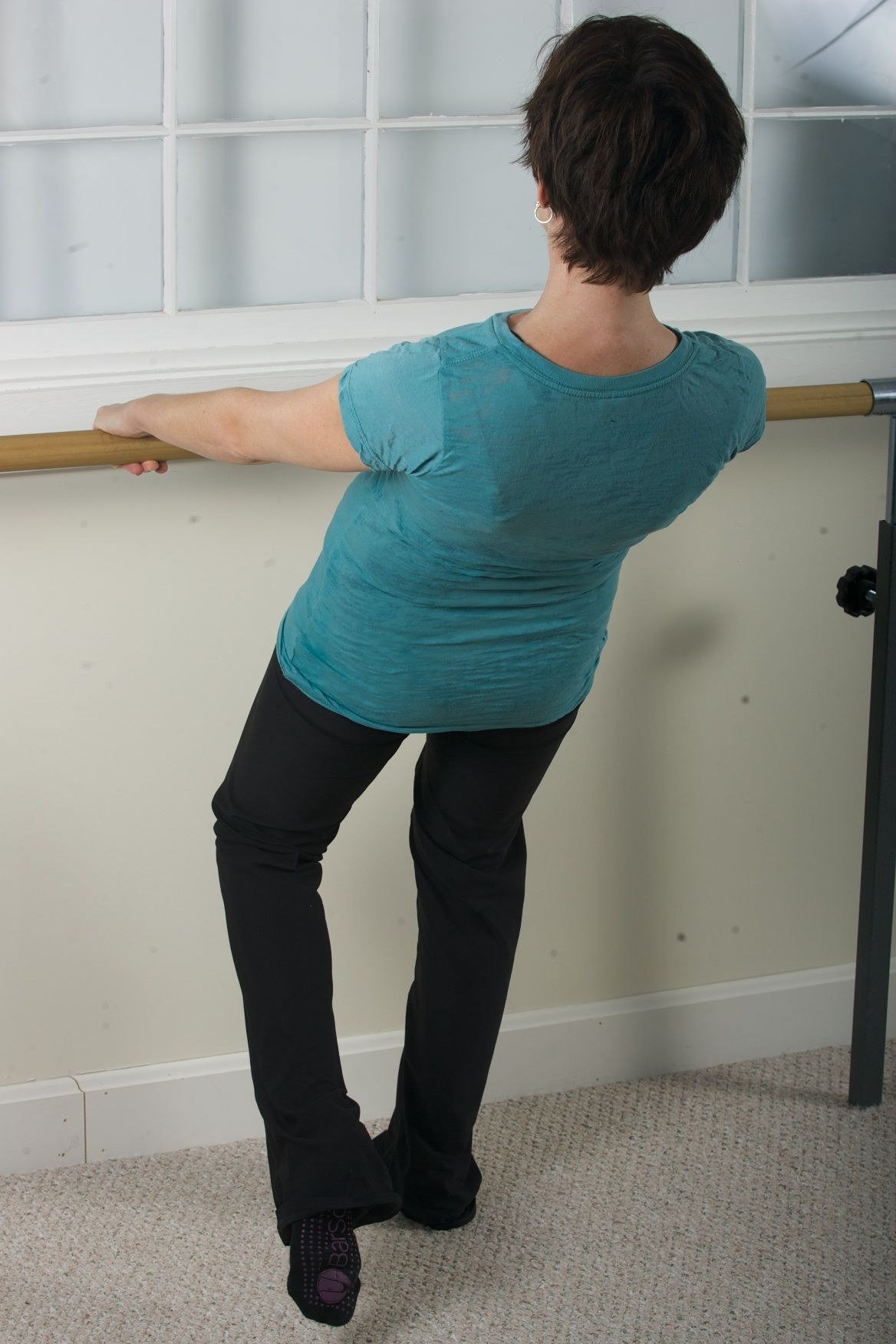
You’ve clocked in 565 barre classes. You’ve seen your strength, stamina, and grit evolve—but still, every time the instructor cues “chair” or “waterskier,” something inside you wilts. Your legs tremble. Your back arches. Your brain screams. You’re not alone—and more importantly, there’s nothing wrong with you. In fact, these are signs that the workout is still doing what it’s supposed to do.
The short answer to your excellent question—“Why are chair and waterskier so hard after all this time?”—is because those exercises are brilliantly designed to reveal how you move. Let’s unpack this.
Barre, Like Pilates, Uses Your Body as the Equipment
Both Pilates (especially mat Pilates) and Barre are unique in that your body is the main piece of apparatus. You are the machine, the weight, the driver, and the limiter.
In each class, you’re not adding heavy external weights (though props like bands and balls can intensify things)—you’re working against yourself. Your own range of motion. Your own strength, flexibility, mobility, and habits. So progress isn’t always measured in heavier weights or faster reps. It’s measured in how deep you go into an exercise, how steadily you can hold it, how connected your movement becomes.
And that, right there, is part of the mystery: you cannot always tell how hard you’re working or how deep you’re moving. That’s because:
- Your body changes daily.
Sleep, hydration, stress, the shoes you wore, the desk you sat at, how long you drove, whether you stretched—it all affects your body’s feedback loop. That loop determines how an exercise feels. - Form isn’t just what it looks like—it’s how it functions.
The shape might be the same every time, but how you fire the muscles, where you place your weight, and what range of motion your joints allow is in constant flux.
Let’s Break Down Your Nemeses: Chair and Waterski
1. Chair (aka Thighwork Wall Sit Without the Wall)
Chair is often described as a wall squat with no wall—and the moment you get into position, you understand why the wall usually helps. In Chair, you’re typically standing with your feet hips-width apart, heels lifted, knees bent deeply, spine vertical (not pitched forward), and arms lifted. And then… you hold it. Maybe you pulse. Maybe you do little knee presses. And it burns.
Why it’s hard:
- You’re using front-of-leg muscles (quadriceps), but you’re also disengaging your glutes to isolate those quads.
- You’re firing upper back muscles to hold the posture while resisting the urge to collapse the chest.
- You are balancing on the balls of your feet—already a tricky proposition for most of us.
- The movement is tiny and isolated. You don’t get momentum or large muscle groups to rescue you.
Daily habit tie-in:
Most of us are not accustomed to quad dominance without some gluteal help. In daily life, our glutes kick in to help us stand, walk, and get out of chairs. Chair removes that crutch and demands your body respond differently. That’s why it feels like your thighs are on fire—they’re doing a solo act, and they’re not used to it.
Also, Chair demands that you maintain a 90/90 position at the hip and knee. If you’re someone who leans forward at the desk or on walks, this can feel disorienting or unstable.
2. Waterskier
This exercise sounds fun and breezy, but it’s often one of the most grueling in a Barre class. Typically, you’re standing on one leg, with the other extended behind you (possibly with a band around your thigh or a small ball behind the knee). You’re leaning slightly back, your supporting leg is bent, and the lifted leg moves subtly behind you—an isometric hold with micro-movements that test your resolve.
Why it’s hard:
- It puts you in a position where your glute (on the extended leg) has to lift and extend without assistance from the hamstring.
- You’re often in a deep bend on the standing leg while balancing on the ball of your foot.
- Your body is leaning back but your leg is pressing back—opposing forces that demand coordination, core strength, and serious focus.
Daily habit tie-in:
If you tend to walk with a shortened stride or let your hips sway side-to-side, then the ability to extend the leg directly behind you—while keeping the hips square—can be severely limited. This makes Waterski extra challenging.
Plus, if your weight is typically centered backwards in your feet , being asked to balance on the balls of your feet and off your heels feels wrong… but is actually very right.
Why These Exercises Never Get Easier (And That’s a Good Thing)
You might expect that after 100, 200, or 500+ classes, these positions would be second nature. But the truth is, they evolve as you do.
Here’s why they keep feeling hard:
- You’re getting better.
Better form means deeper work. The movement might be smaller, but the muscles are more isolated and engaged. - You’re more aware.
With experience comes awareness. You know when your knee collapses or your back arches—and now you work to correct it. That self-correction burns more energy. - You’re using feedback wisely.
Barre teaches you to listen. On the days you’re wobbly, sore, or off-center, you adjust. And on the days you feel strong, you go deeper. Both are valid. Both are hard. - The exercises are revealing more about your habits.
Just like Pilates, Barre is diagnostic in nature. If an exercise feels disproportionately difficult, it might be because it highlights a weak link in your kinetic chain. That doesn’t mean you’re broken—it means the work is exactly where it needs to be.
How to “Win” at Chair and Waterskier (Spoiler: You Already Are)
You don’t have to master Chair or Waterski to benefit from them. In fact, the struggle is the benefit. But if you’re seeking a little more joy (or at least less dread), try the following:
- Adjust your stance.
A slight shift in foot placement or depth can make all the difference. If your heels are too close together, your knees may knock and throw you off. Try widening your base and focusing on knee alignment. - Focus on breath and tempo.
Holding your breath during these exercises is common. Instead, try to exhale during the hardest part of the move (usually the pulse or the extension). Breath brings oxygen—and sanity. - Visualize your muscles.
Picture your glutes squeezing as you press the leg back in Waterskier. Visualize the calves lifting your heels in Chair. Mind-muscle connection is real—and powerful. - Check your habits.
How do you sit? Walk? Stand? These positions challenge us to undo patterns that are deeply ingrained. Pay attention outside of class, and the work may feel more manageable in class.
Still Hooked? Want More?
Barre and Pilates share something magical: the more you learn about them, the more they give you back. That’s why I created a full Barre Teacher Training program—not just for aspiring teachers, but for anyone who wants to go deeper into the why and how of the movement.
And if you’re ready to make progress week by week, I also offer a 52-week program that delivers a new workout every week—each one building on the last, progressing thoughtfully, and giving your body the time it needs to grow and adapt.
No race. No pressure. Just steady strength and deeper understanding.
Barre isn’t just a workout. It’s a window into how you live, move, and hold yourself. Chair and Waterskier are hard because they challenge your posture, your balance, your habits, and your strength—all at once.
And if they still “kill you” after 565 classes, that’s not failure. That’s proof that you’re showing up, doing the work, and uncovering new layers every single time.
Here’s to your next 565.
Ready to learn more?
Explore Teacher Training | Join the 52-Week Program | Take Class with Me
